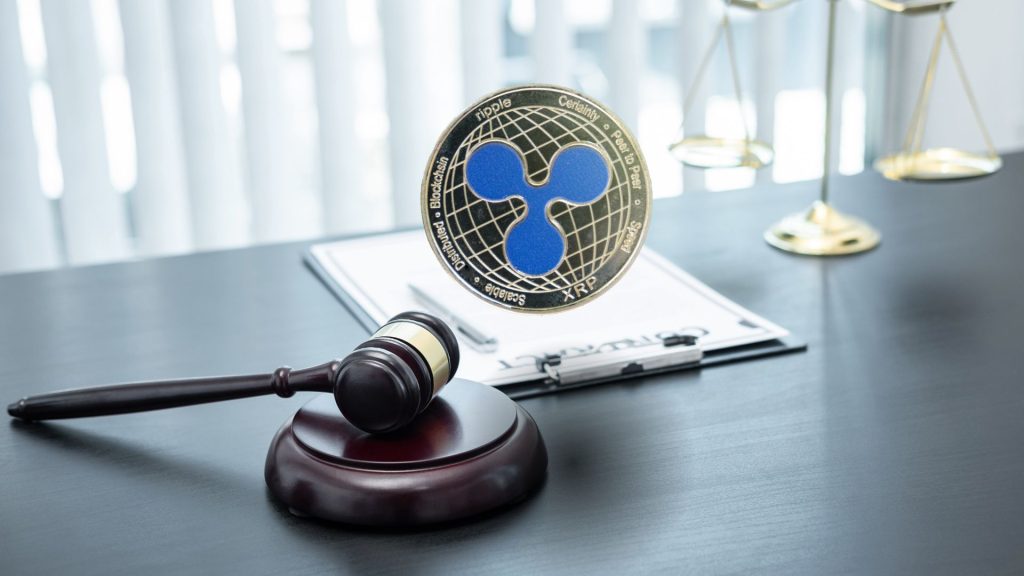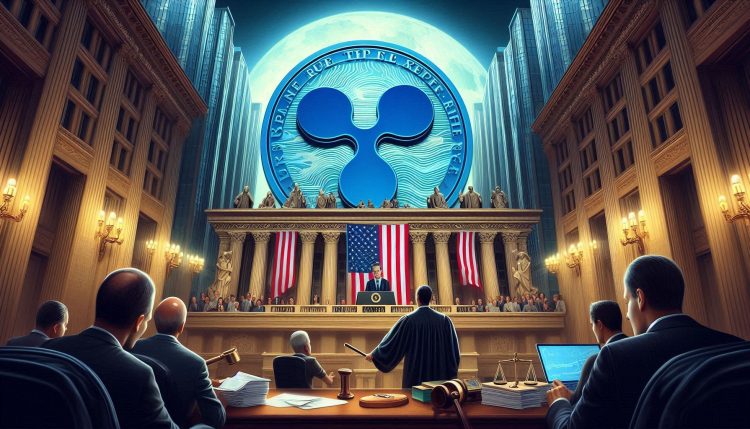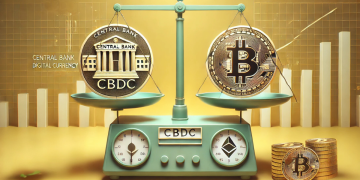Cryptocurrency has always been at the crossroads of innovation and regulation. Unlike traditional asset classes, where decades of precedent guide investors, crypto is still carving its regulatory path. Governments and agencies around the world struggle to balance consumer protection, financial stability, and innovation, and their announcements often shake the market in real time.
A single piece of regulatory news can send prices soaring or crashing within hours. From China’s bans to U.S. lawsuits against exchanges, these events create some of the most volatile moments in crypto history. Yet what makes crypto unique is not just its event-driven volatility, but also its remarkable patterns of recovery.
This article explores the most impactful regulatory events, analyzes how markets respond, and identifies the recurring cycles of panic, correction, and resilience that define crypto’s journey.
Why Does Regulatory News Have Such an Outsized Impact on Crypto?
- Global and Decentralized Nature
- Cryptocurrencies operate outside borders, but regulations are national.
- A ban in one country can ripple across global markets, even if usage elsewhere continues.
- High Retail Participation
- Retail investors dominate trading volumes, making markets prone to overreaction.
- Uncertainty Premium
- Investors fear sudden restrictions on exchanges, wallets, or withdrawals.
- This uncertainty adds volatility whenever regulators speak.
- Institutional Sensitivity
- Institutions demand regulatory clarity. Any negative headline can scare them off, while positive ones draw them in.
Case Study 1: China’s Crypto Bans
China has a long history of regulatory action against crypto, each wave shaking global markets.
- 2013: First ban on banks handling Bitcoin transactions. BTC dropped nearly 50% but recovered within months.
- 2017: ICO ban and exchange shutdowns sent BTC tumbling from near $5,000 to below $3,000. Yet by the end of the year, it rallied to $20,000.
- 2021: Nationwide mining ban and “all crypto transactions illegal” announcement caused Bitcoin to crash from $60,000 to under $30,000.
Impact Analysis:
- Each ban caused immediate crashes, but recovery followed as other countries absorbed miners, developers, and exchanges.
- Ironically, China’s crackdowns often decentralized crypto further, strengthening it long term.
Pattern of Recovery:
- Short-term panic selling → Reallocation of hash power and liquidity → New bull runs fueled by global adoption.
Case Study 2: U.S. Regulatory Crackdowns and Lawsuits
The U.S. is the largest financial market, so its regulatory actions carry global weight.
- 2018 SEC Actions Against ICOs:
Dozens of ICOs were declared unregistered securities. The market tanked, beginning the “Crypto Winter” of 2018–2019. - 2020–2023 Ripple (XRP) Lawsuit:
The SEC sued Ripple for selling unregistered securities. XRP crashed, losing over 60% of value in weeks. Yet in 2023, Ripple won partial legal victories, sending XRP soaring again. - 2023 Binance and Coinbase Lawsuits:
The SEC accused both of securities violations. Markets wobbled, BTC and ETH dropped, but investors quickly adjusted.
Impact Analysis:
- Lawsuits create waves of fear but also push the industry toward clearer definitions.
- XRP’s resurgence shows that markets price in legal outcomes, and clarity—even negative—can drive recoveries.
Pattern of Recovery:
- Lawsuit announcement crash → Legal uncertainty stagnation → Rally after resolution or adaptation.
Case Study 3: Positive Regulatory News and Turbocharged Prices
Not all news is negative—sometimes regulation boosts prices.
- El Salvador’s Bitcoin Legal Tender Law (2021):
When El Salvador adopted BTC as legal tender, Bitcoin surged on optimism, though volatility followed. - ETF Approvals (2021 Futures, 2024 Spot):
Each ETF milestone fueled significant BTC rallies, as covered in previous analyses. - Global Clarity in Europe (MiCA Regulation, 2023):
The EU’s comprehensive crypto framework reassured investors, boosting confidence in long-term growth.
Impact Analysis:
- Positive regulation creates FOMO-driven buying, especially from institutions that were waiting for compliance guardrails.
Pattern of Rally:
- Announcement optimism → Inflow surge → Stabilization at higher levels.

Event-Driven Volatility: How the Market Reacts in Real Time
1. The Announcement Shock
- Crypto prices react within minutes of breaking news.
- High-frequency traders and bots amplify movements.
2. Overreaction Phase
- Retail investors panic sell or FOMO buy, pushing prices beyond rational levels.
3. Price Discovery
- Markets stabilize as investors analyze the long-term impact.
- Example: A ban in one country might seem catastrophic but later proves less relevant globally.
4. Long-Term Trend Alignment
- If regulation creates clarity, long-term bullishness follows.
- If regulation stifles innovation, assets may underperform.
Patterns of Recovery in the Face of Regulatory Shocks
- Crypto’s Resilience
- Despite dozens of bans, lawsuits, and restrictions, Bitcoin and Ethereum consistently return to new highs.
- Market Memory Shortness
- Negative events fade quickly as new narratives emerge (NFTs, DeFi, AI tokens).
- Geographic Shifts
- When one region bans crypto, activity simply moves elsewhere (e.g., mining migration from China to the U.S. and Kazakhstan).
- Institutional Realignment
- Institutions initially retreat after negative news but re-enter once clarity emerges.
- Hype Replacement Cycle
- Old fears get replaced by new growth stories, helping markets recover.
Lessons for Investors from Regulatory Shocks
- Don’t Overreact to Headlines – Initial price movements are often exaggerated.
- Watch the Global Picture – One country’s ban rarely destroys global adoption.
- Understand the Legal Arc – Lawsuits may take years, but outcomes drive recovery.
- Use Volatility Strategically – Regulatory dips often create prime entry points.
- Focus on Fundamentals – Long-term adoption trends outweigh short-term crackdowns.
Conclusion: Are Regulatory Events Threats or Catalysts?
Both. Regulatory events can crash markets in the short term but often act as long-term catalysts for growth. Each ban, lawsuit, or approval shapes crypto’s evolution, forcing it to mature and adapt.
Patterns show that while headlines cause turbulence, recovery is the norm—sometimes leading to stronger price rallies than before. Crypto’s resilience lies in its decentralized nature: no single regulator, no single country, can shut it down.
For investors, the key is not to fear regulation but to understand its cycles. Crashes create opportunities, and approvals turbocharge adoption. In the end, regulatory news is not just noise—it is the heartbeat of crypto’s journey into the mainstream.































